Raghava KK and Karthik Kalyanaraman – exploring the possibilities of enhancing art through technology. Nature Morte, their art show, is where they showcase their talent.
Brothers, Raghava KK and Karthik Kalyanaraman, one a multidisciplinary artist, TED speaker, a National Geographic Emerging Explorer and TED curator and another a PHD in Econometrics from Harvard University, were disgruntled with the past-facing nature of most art theory. So they set out to write a thesis about a global aesthetic for the art of the future, influenced by Indian philosophical resources. And thus emerged their exhibition Nature Morte.
“The show we are doing is part of this effort in trying to get more artists engaged with issues of the future rather than allowing the design of our future to follow the utilitarian logic of technologists and to engage the public in issues of developing technology so that we are not simply passive consumers shaped by utilitarian logic,” said the curators.
What are the shifts in art processes that you foresee with Artificial Intelligence’s (AI) involvement?
Firstly, the traditional arts are not going to die out because of AI. This art movement is barely two years old, so it is in its infancy in terms of what it can achieve. We can expect it to become a full-fledged genre like lens-based art. Photography had an indirect but enormous impact on painting. Suddenly, the aim to paint realistically from nature and the importance of linear perspectival composition seemed not so compelling since the camera could do those better, or at least more obviously, than painting. This was the birth of Impressionism, of abstraction, of everything we know as contemporary art. We can expect something similar with AI. As it starts getting good at producing compelling aesthetic images that are also conceptually rich, humans have to start asking what art can humans make? What can we focus on? What will distinguish the mark of the human in art of the future? One way forward at least is provided by the AI artists: work with the machines. Embrace being a cyborg. We have other theories how art can respond, which involve a focus on the undertheorised ethical dimension of art, but that’s for another time.
How does an AI make art? Can an AI artist be called an artist?
There are two kinds of AI — the old and the new. The old style is the one from the 1980s, where symbolic manipulation also known as knowledge representation used rules and logic and the new style AI, which took off in 2000s, uses statistics, an example of which is neural networks (NN). The new AI learns how to do some task by observing the task being successfully performed multiple times. These examples are called the training set. In AI art, what the NN is essentially doing is learning what a visual style or an object is by looking at lots and lots of examples of it. Once it has done that, it is able then to create an image or a tune that it has never before experienced simply by the fact that it’s formed its own idea of what an image or a tune is from the examples it has seen. So the human artists’ role is mainly to monitor how much generalisation an AI uses learning its task and to curate the examples it sees. It is not to provide any information about art or style or line or composition or what have you.
Certainly, they can be called artists, if being one is to make images that humans respond to. But also we have to remember that the human hasn’t disappeared from the process. That’s why we say creativity is distributed across human and machine.
What are the criteria that you considered when curating the exhibition?
The field is very young, just a few years old. The main AI tool called GAN was only available a few years ago commercially. So we found it not that hard to practically interview the entire community. We reached deep into our networks and came up with a list of 40 international artists to consider. A lot of them did not actually fit our intention of curating art where the actual final artwork was made by AI. Of these we interviewed around 15 in the first round and had a further second round of interviews to come up with our final list of seven artists.
There are scientists and academics using the same technology to create images. However, we found they were mainly focused on training AI to make interesting patterns and we decided that their work lacked a certain conceptual richness. We ended up focusing on artists alone.We wanted a representative selection, we have seven artists who are from or have studied in seven different countries. Two of them are recognised media artists who have been with the AI art movement from the beginning (Memo Akten and Mario Klingemann) and others represent a younger generation. We also wanted to showcase a variety of media (AI generated sound, video, images) and a variety of algorithms used (CNN, GAN, cGAN, RNN, PPGN and so on).
What were the challenges during the creation process?
It was very challenging to curate a fully international exhibition in such a pioneering space. We first had to understand the field and that involved not just understanding the technology but also the technical details that went into it to make sure we were really finding the true innovators. Other than that it was a really enjoyable experience
What sets AI artists apart from traditional artists?
The practice of the human artist working with AI is fascinating. Because they have to keep a traditional aesthetic eye on the output they are still working like traditional artists. However a lot of the practice is also that of a data analyst and a computer programmer. So what you see is a confluence of logical practice of the scientist and the creative practice of the traditional artist.
Writer: Asmita Sarkar
Source: The Pioneer







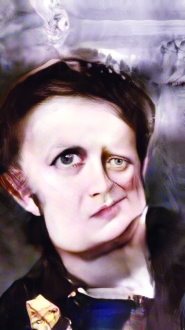
 OpinionExpress.In
OpinionExpress.In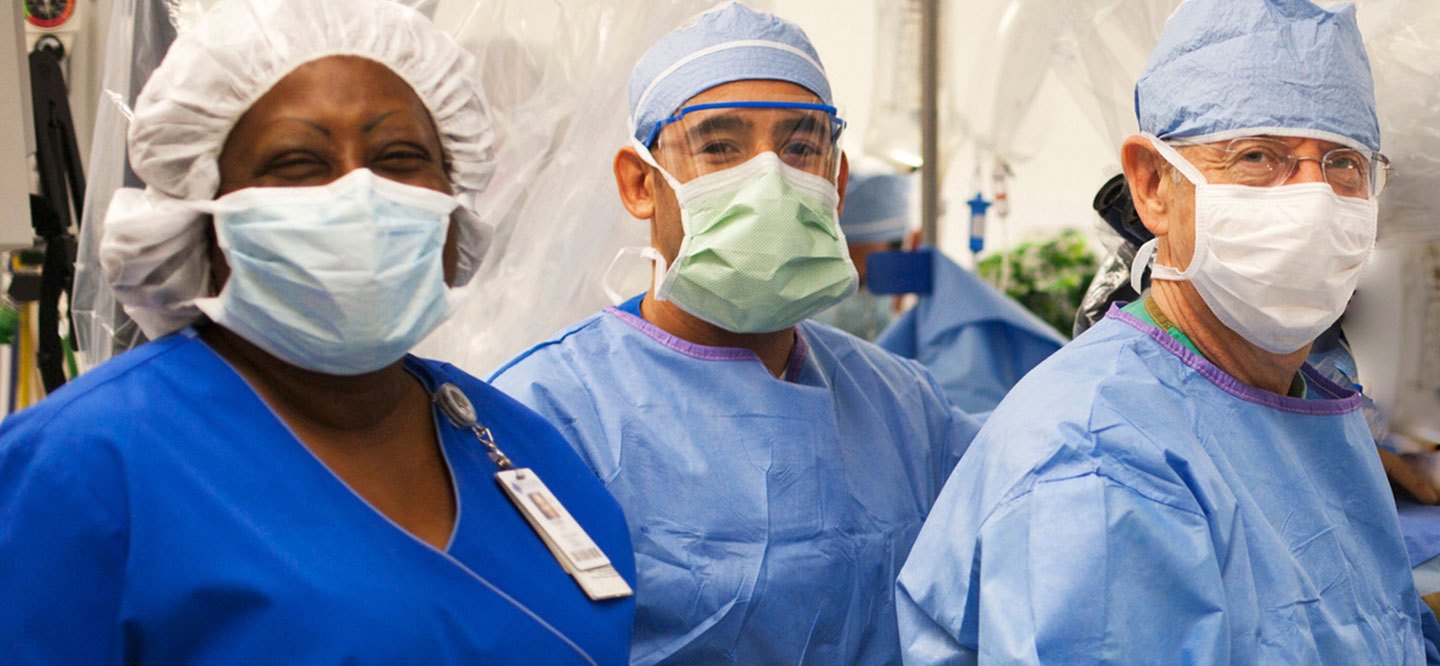
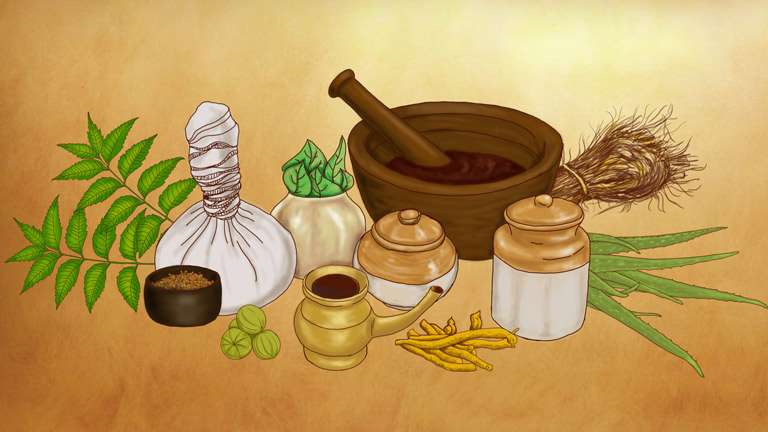
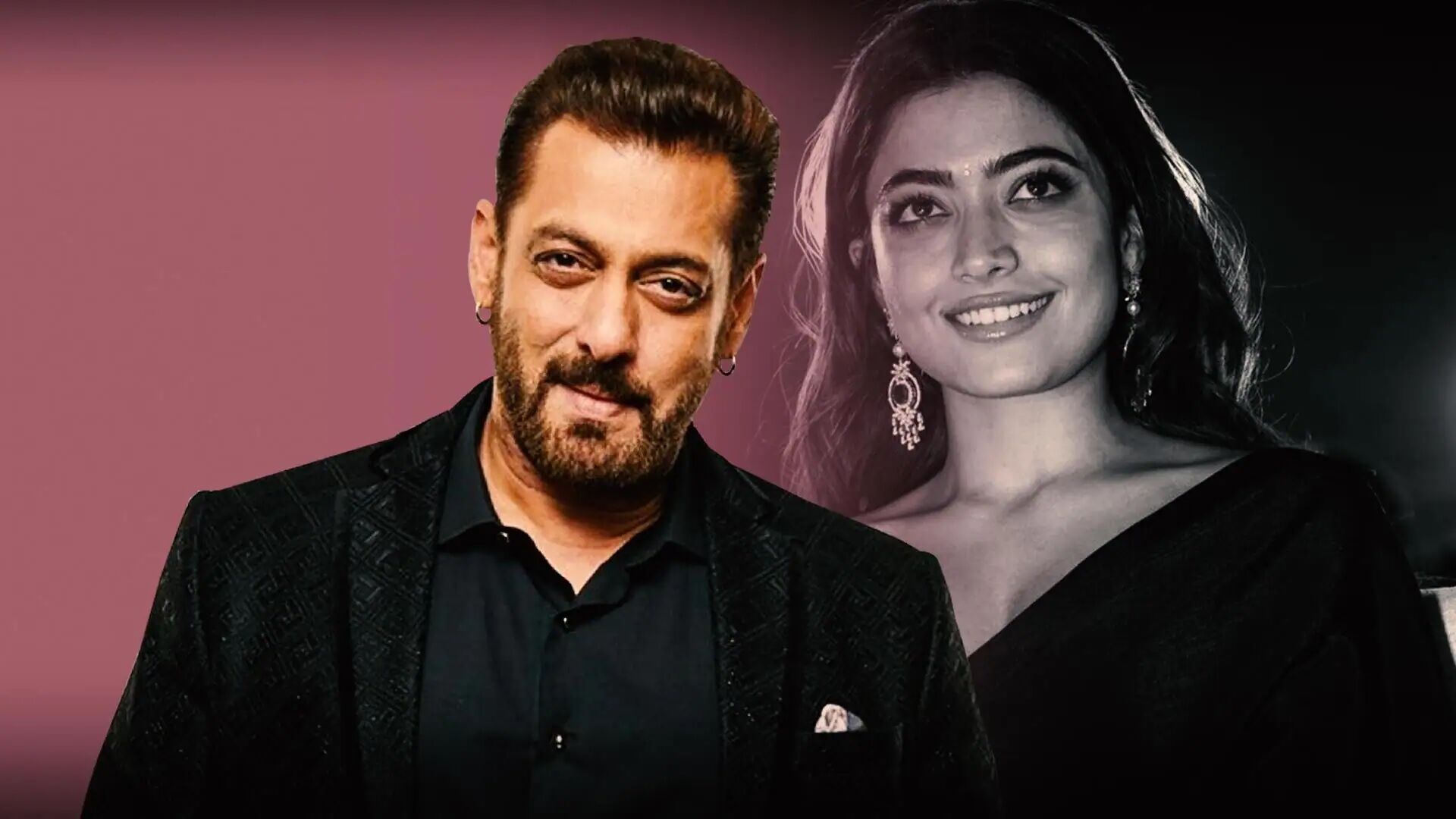

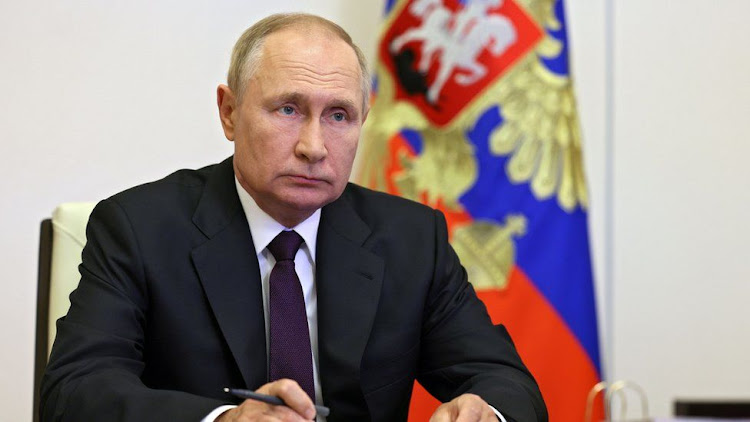

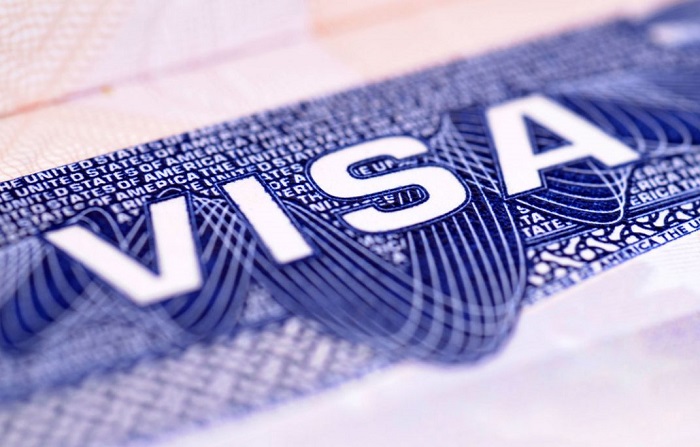
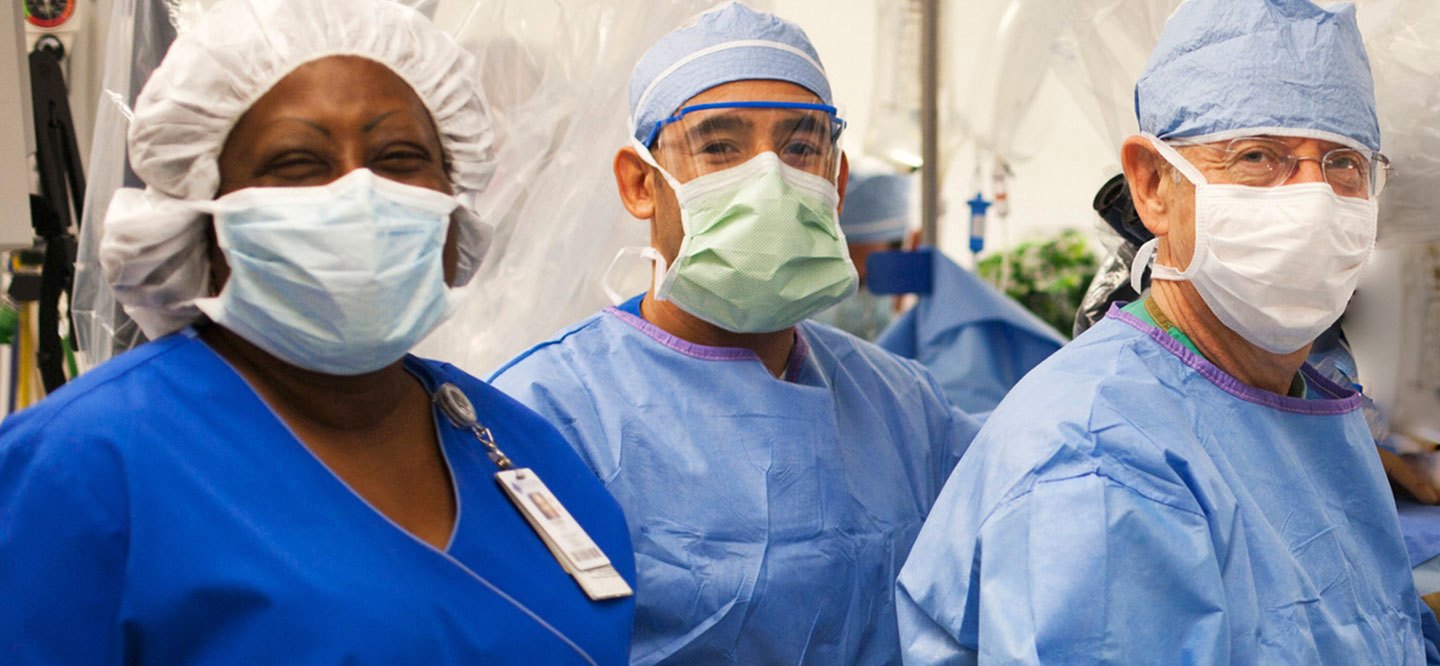
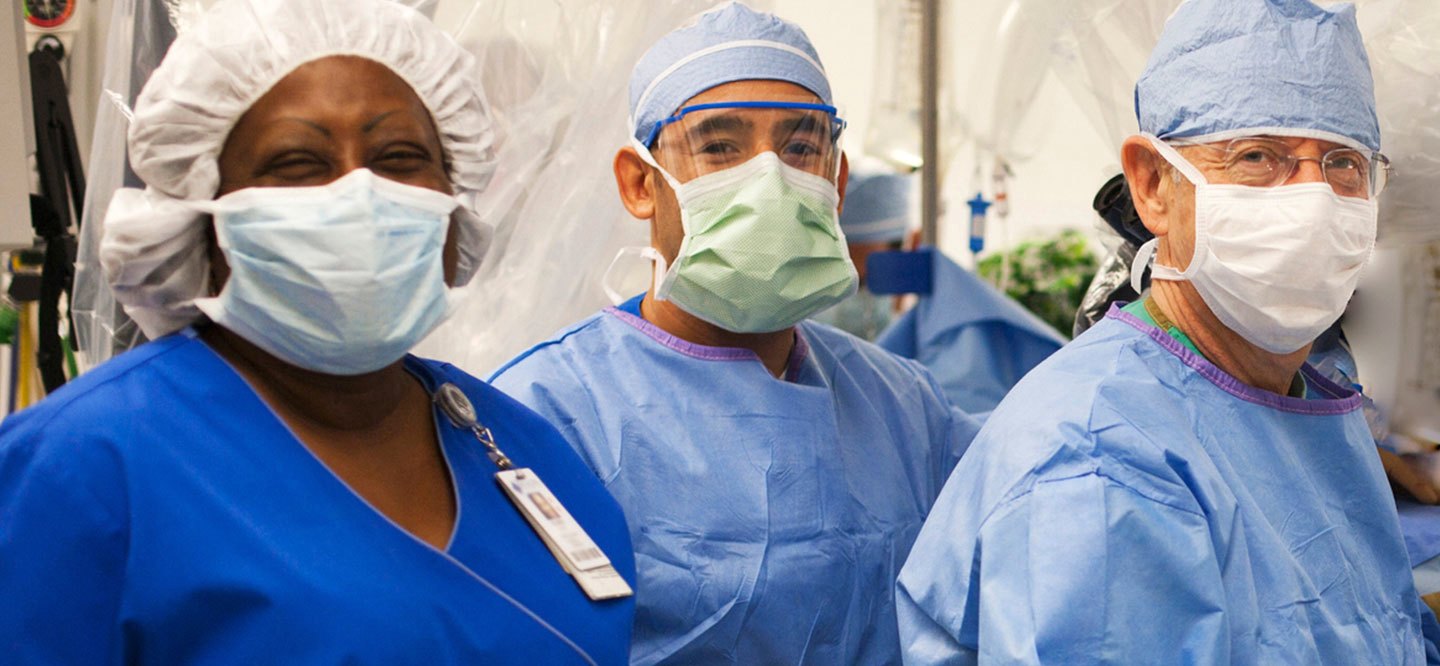
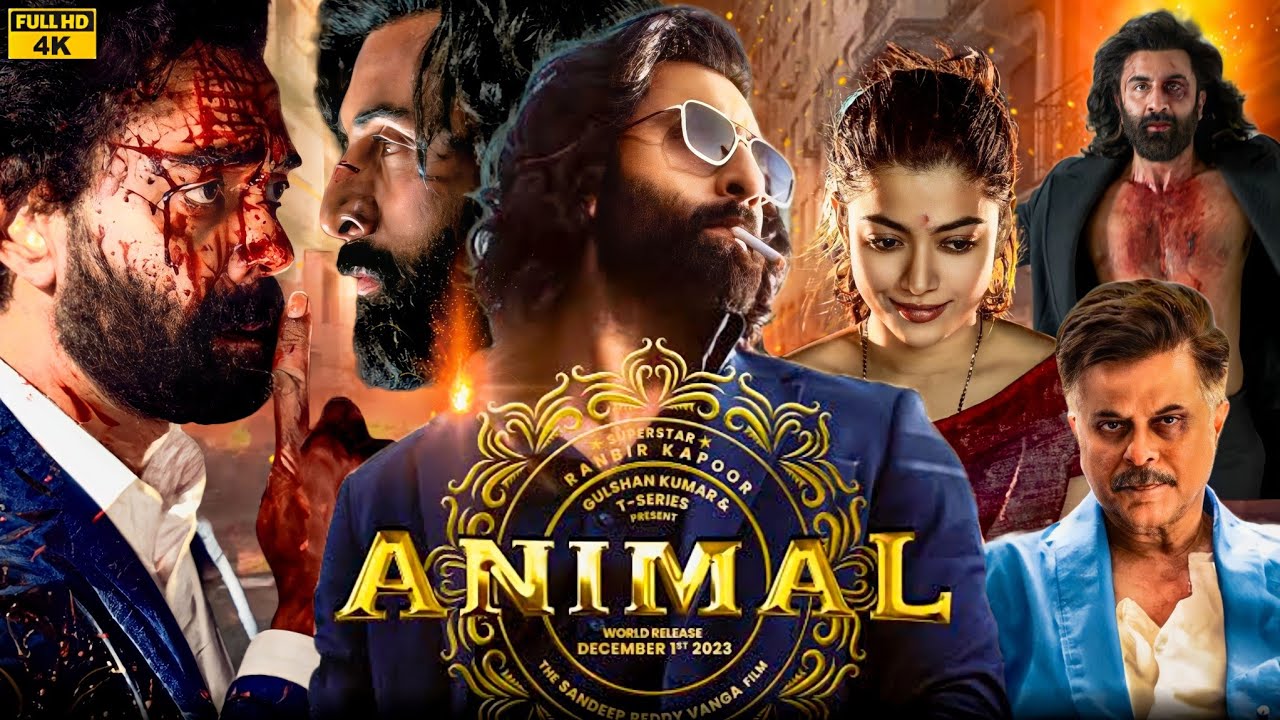






Comments (0)